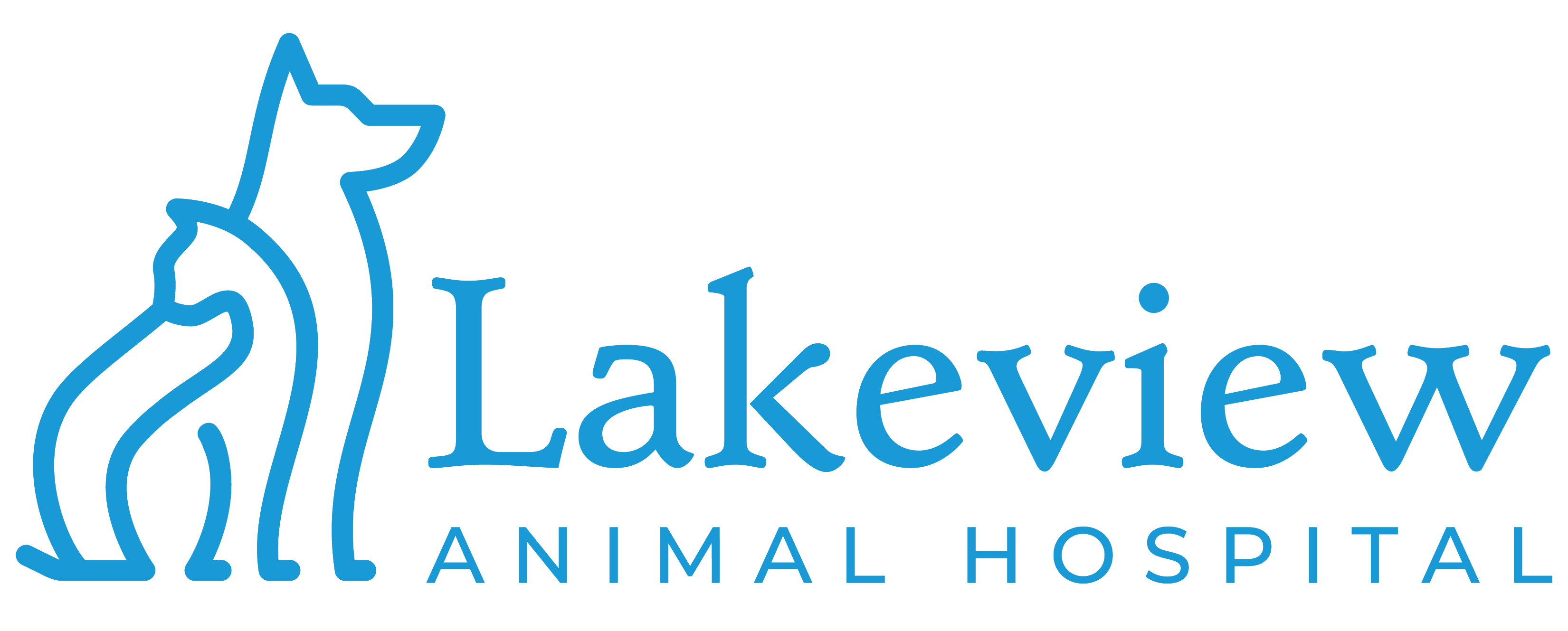Educational Articles
-
Infertility in a queen (an intact female cat) is defined as the inability to give birth to live kittens, despite appropriate breeding with a fertile male. This handout provides an outline of common causes of infertility along with how they are diagnosed and, when possible, treated.
-
Male infertility refers to the inability of a sexually mature tomcat (intact male cat) to impregnate a fertile female. This handout explains the possible causes of infertility in male cats as well as how they may be diagnosed and, when possible, treated.
-
Inflammatory bowel disease (IBD) is a syndrome rather than a disease. The syndrome is caused by a specific reaction to chronic irritation of the stomach or intestines. Inflammation is the body's response to an insult, injury or foreign substance.
-
Cats are curious by nature, which can lead them into trouble, especially when they ingest items not meant to be eaten, such as thread, wool, paper, rubber bands, plant materials, and small toys. While some will pass through the digestive tract, some foreign bodies can cause serious problems. This handout explains foreign bodies in the intestinal tracts of cats and reviews clinical signs, diagnostic tests, treatment, and the prognosis of these situations.
-
A hernia occurs when a body part or internal organ protrudes through the wall of muscle or tissue meant to contain it. In the case of an inguinal hernia, these internal organs or structures have managed to make their way through the inguinal ring (an opening in the abdominal wall near the pelvis) to protrude into the groin area. The condition itself can be broadly classified as either acquired or congenital. In general, it is best to surgically repair an inguinal hernia at the time of diagnosis, as delaying can result in a more complicated and difficult procedure.
-
Otitis interna is a serious condition that can cause significant signs in your cat, including drooling from the side of the mouth, difficulty eating, inability to blink, and drooping eyelids, lips, and nostrils on the affected side. Treatment may involve long-term medications if the underlying cause can be identified, such as bacterial or fungal infection. Less commonly, surgery may be needed. Many cats will respond to treatment and recover well.
-
This handout discusses the anatomy of the cat’s ear canal, how to safely clean your cat’s ears to prevent ear infections, and how to apply topical ear medications if needed.
-
Insulin is injected under the skin to treat diabetes, ketoacidosis, and high potassium levels. Side effects may include low or high blood sugar levels, insulin resistance, and skin allergic reactions to the injections. Do not use in pets who are having an episode of low blood sugar and do not use pork insulins in pets with a pork allergy.
-
Insulin glargine is an injectable medication used in cats, dogs, ferrets, guinea pigs, and horses with diabetes mellitus. It is used to lower blood sugar levels and for long-term maintenance therapy of diabetes mellitus. Monitor closely for signs of low blood sugar (weakness, lack of energy, lethargy, stumbling or difficulty walking, behavior changes, muscle twitching, seizures, and/or unresponsive).
-
Lente (porcine zinc) insulin (brand names Vetsulin®, Vetpen®) is an injectable medication approved for use in cats and dogs with diabetes mellitus. It is used to lower blood sugar levels and for long-term maintenance therapy of diabetes mellitus. This medication may be used "off label" or "extra label" in ferrets. Monitor closely for signs of low blood sugar (weakness, lack of energy, lethargy, stumbling or difficulty walking, behavior changes, muscle twitching, seizures, and/or unresponsiveness).

